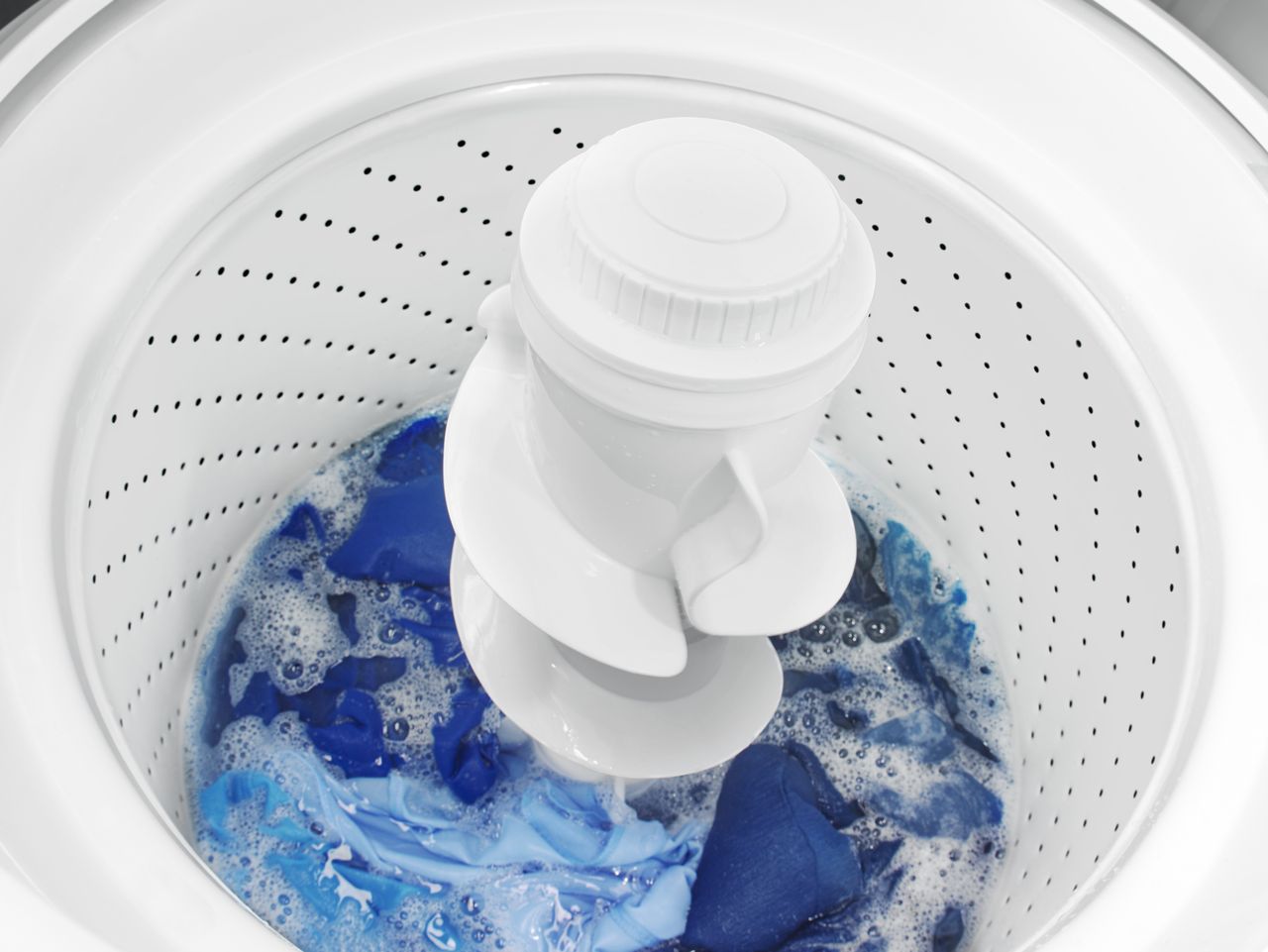
Few things are worse than opening up a washer to find your clothes not only sopping wet but also still covered in soapy suds from the wash cycle. If they were just still soaking wet, a little wringing could fix the immediate issue while you make the repair, but fixing still soap-laden laundry involves a lot more work.
So your washer stopped before it got to the rinse cycle. You tried to force the knob onto the next cycle, but still no fresh water to rinse out your laundry. You likely tried to just restart the wash cycle, but maybe the same thing just happened again. What is wrong with your washer and how do you fix it?
Faulty Washer Timer Switch
For the older washer designs, the timer component, the mechanism located behind the control knob on your washer, signals the appliance to switch from cycle to cycle after an amount of time has passed based on the load size. If your washer is not progressing to the rinse cycle, the timer may have gone faulty so it is not sending the correct signals. It is also possible that the gears on the timer are simply dirty. However, if this is the case, you will still want to replace it since, if they have gotten dirty once, it will happen again in the near future.
The timer, as mentioned above, is located behind the control knob. You will want to pull the control knob off the front of the control panel then lift the control panel. To do this, there will be screws located at the back corners where the control panel is secured to the rest of the washer. The timer will be mounted on the control panel by a few screws. Once removed, replacing it is as simple as unplugging the wire harness and installing the replacement part.
Faulty Wiring to The Timer
While you are inside the control panel checking the timer – the most common cause for this issue – you mind as well check the wiring that runs to it as well. The timer may very well be in working order, but you may notice that the wiring connecting to it is burned, frayed, or just plain severed. If this is the case, the wiring will need to be replaced. When checking, also be sure to check the connector pins inside the wire harness to make sure they are not bent or missing. As this wiring is typically well-protected, burns are the most common cause for damage, but if the control panel was not secured down, rodents can also cause damage on occasion.
Blocked Washer Drainage
It is possible that when your washer will not move onto the next cycle, it is because it detects that the water from the last cycle is still there. If you turn off your washer, the water should automatically drain away. If it does not, this is a decent sign that there is a drainage problem. The difficult part is finding out where.
If you have recently been in the area of your standpipe, it could have gotten bumped, resulting in a drainage problem as it is not aligned properly anymore. The drain pump could have gone out. The hoses could be physically clogged somewhere by lint or clothing. You will want to consult your owner’s manual to locate all of these parts on your specific model and check them.
Cold Water Supply Issues
One unexpected issue could be the fact that you are having issues with your cold water supply. If, for example, you run the wash cycle using hot water, there would be no problem. However, the rinse cycle will use cold water and if your cold water is disconnected or clogged, it will not be able to run the rinse cycle. This is unlikely the case if you run the wash cycle using warm or cold wash water, however.
Faulty Lid Switch
While this is a less likely cause, it is possible. The lid switch in your washer is designed to prevent accidents that could result in harm or mess. What it does is it will allow the washer to start a cycle only when the switch is activated. If the lid is opened, the switch will stop the cycle. The reason this is less likely to be a cause of this specific issue is that if the lid switch is malfunctioning, it is more likely to result in the washer to not work at all.
Yet, it is possible that the switch was triggered for the wash cycle and then just stopped functioning by the time it was the rinse cycle’s turn. To test this, you could try running the wash cycle again. If nothing happens, this is a sign that it is indeed the fault of the lid switch.
After checking to make sure that the washer lid is closing normally so as to actually activate the switch, you can replace a faulty switch by opening the top of your washer. The lid switch will be positioned right under the plunger that will need to be depressed to activate it. You will need to remove the screws and unplug the wire harness in order to uninstall it.
In this same vein, the door lock may also be the issue, especially if the lid switch seems to be spottily working. If the door lock is bent or broken, it may not be properly locking the lid so that the switch is engaged. If this is the case, you can simply unscrew the door lock and replace it.
Need Help?
Troubleshooting a washer that won’t move onto the rinse cycle probably isn’t how you wanted to spend your laundry day. It is much the same as any other appliance that is manifesting issues. If you are sick of trying to find the correct problem or just want your appliance working as soon as possible, contact us today.
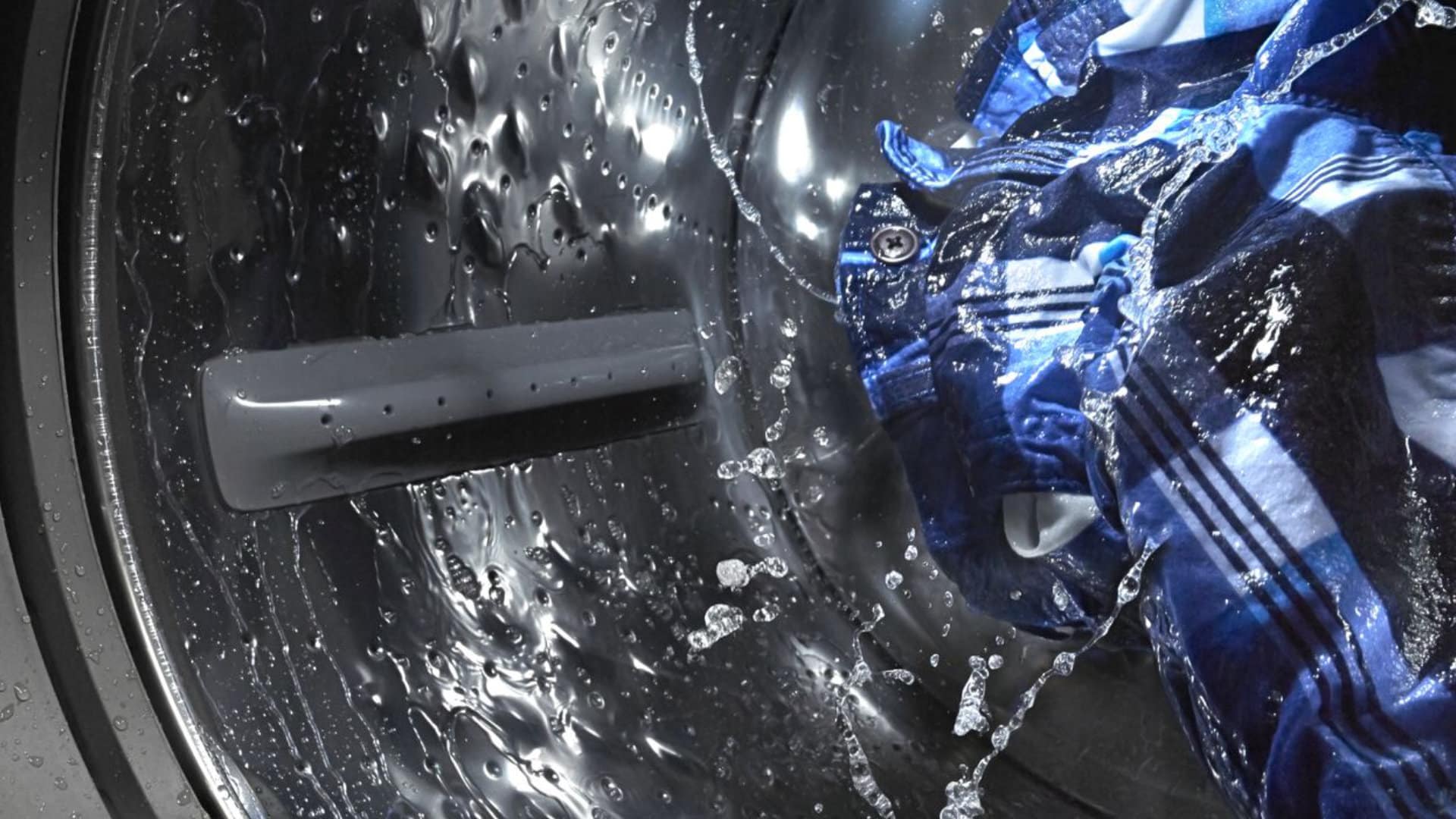
How to Fix the Whirlpool Washer F5 E3 Error Code
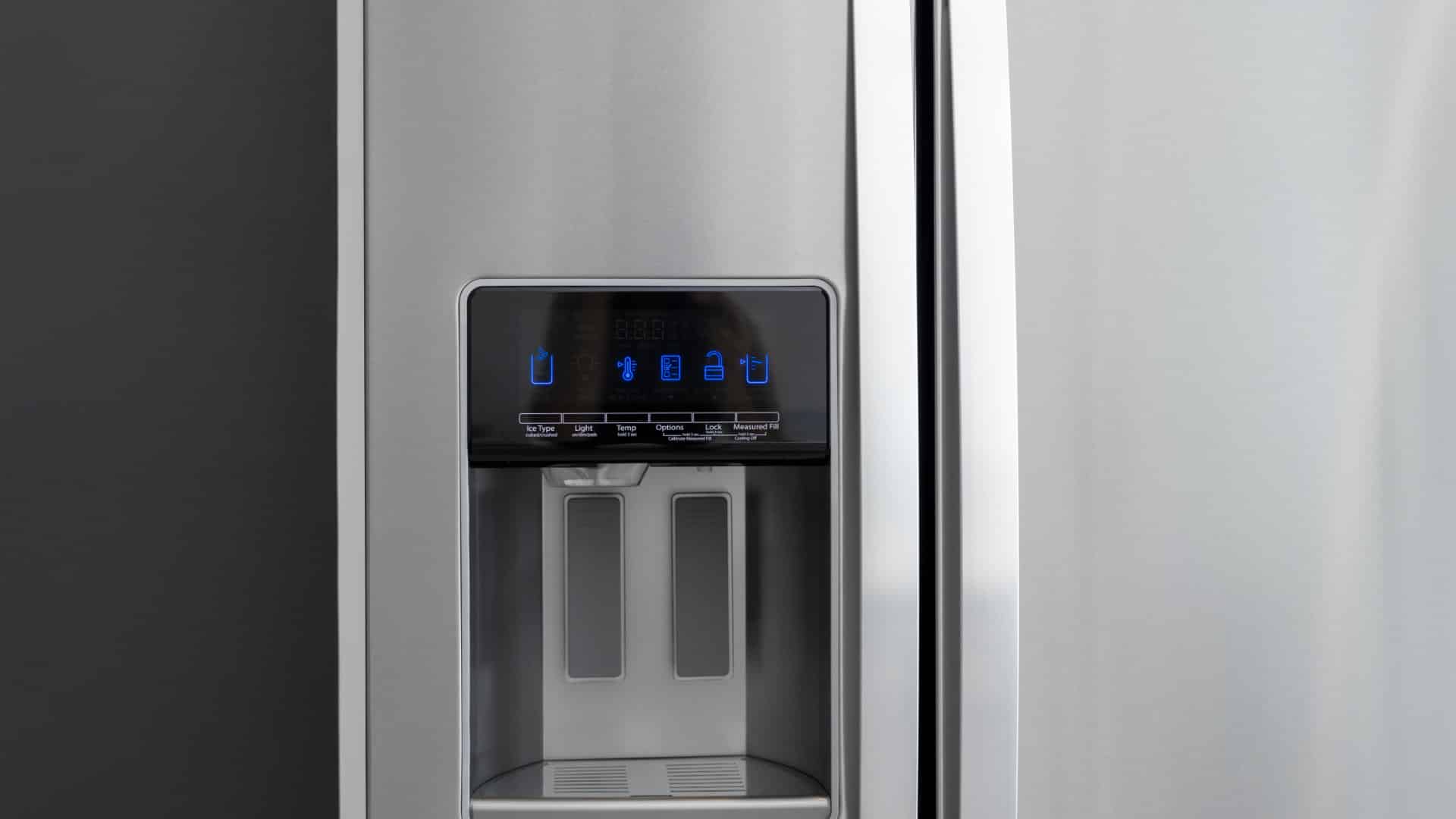
10 Steps to Clean Your Fridge Water Dispenser

How to Replace a Whirlpool Refrigerator Water Filter
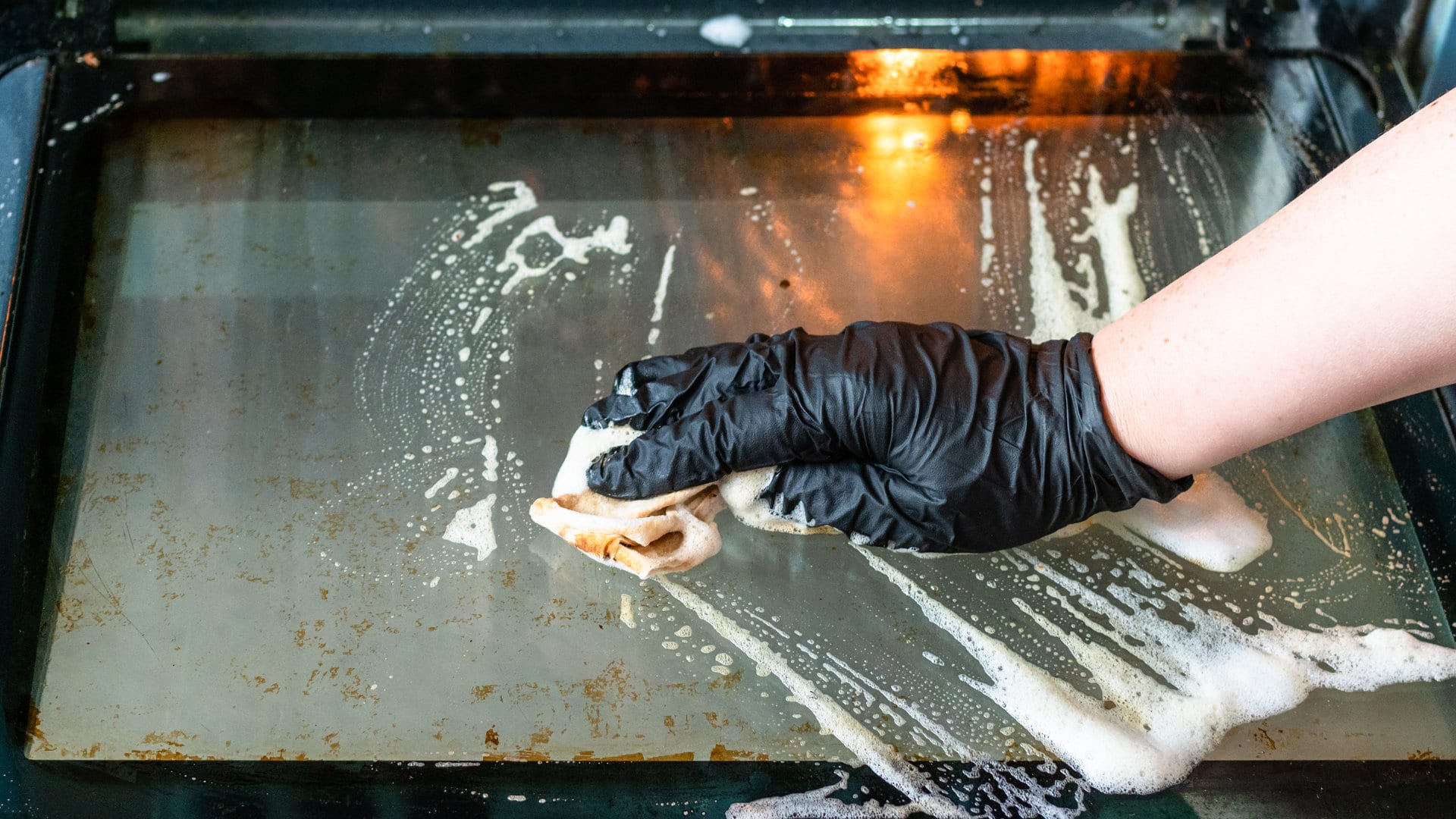
How to Clean an Oven Glass Door (3 Easy Methods)
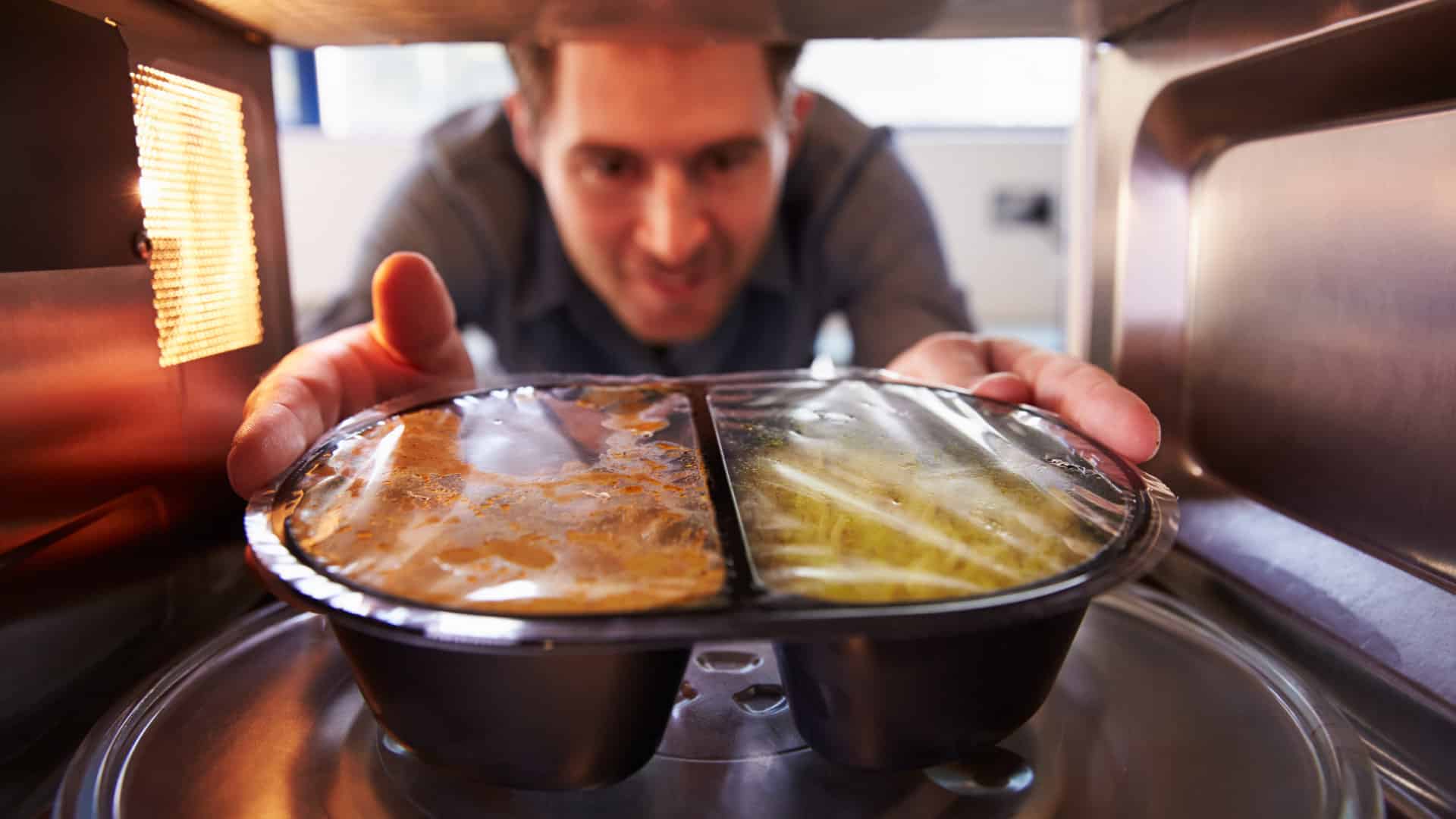
Why Your Microwave Plate Is Not Spinning
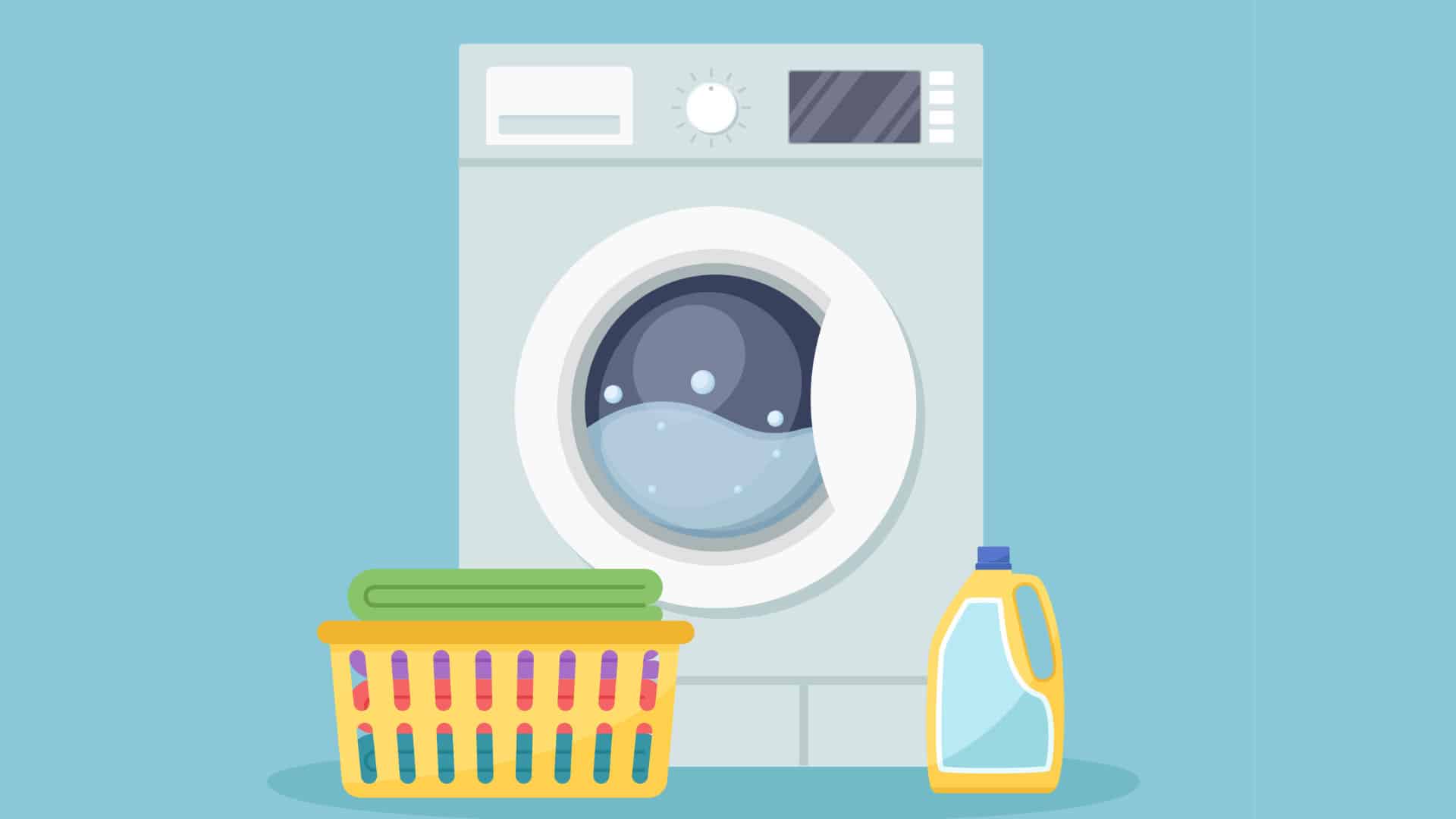
Washer Spin Cycle Not Working? Here’s Why
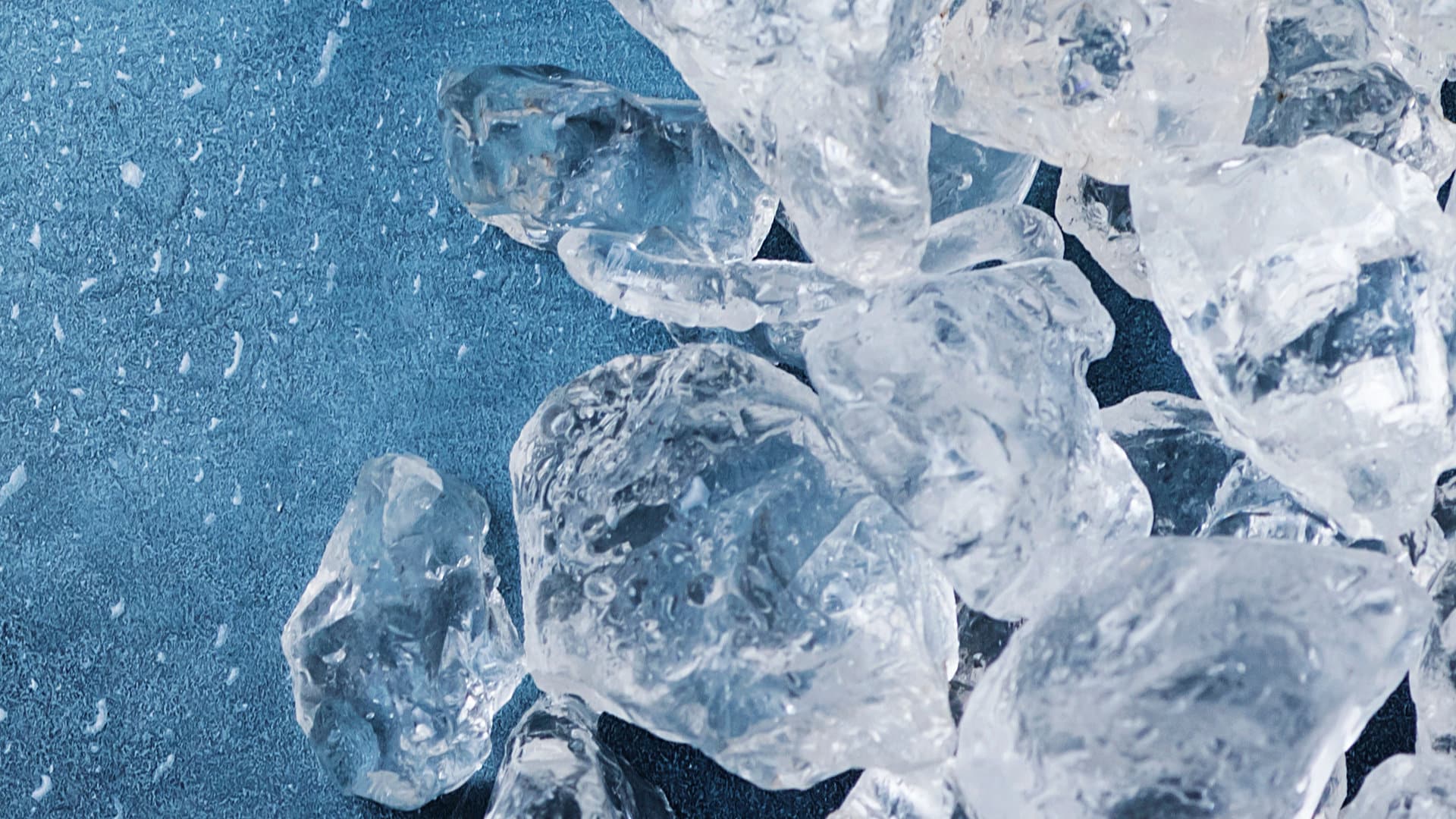
How to Fix a Slow Ice Maker
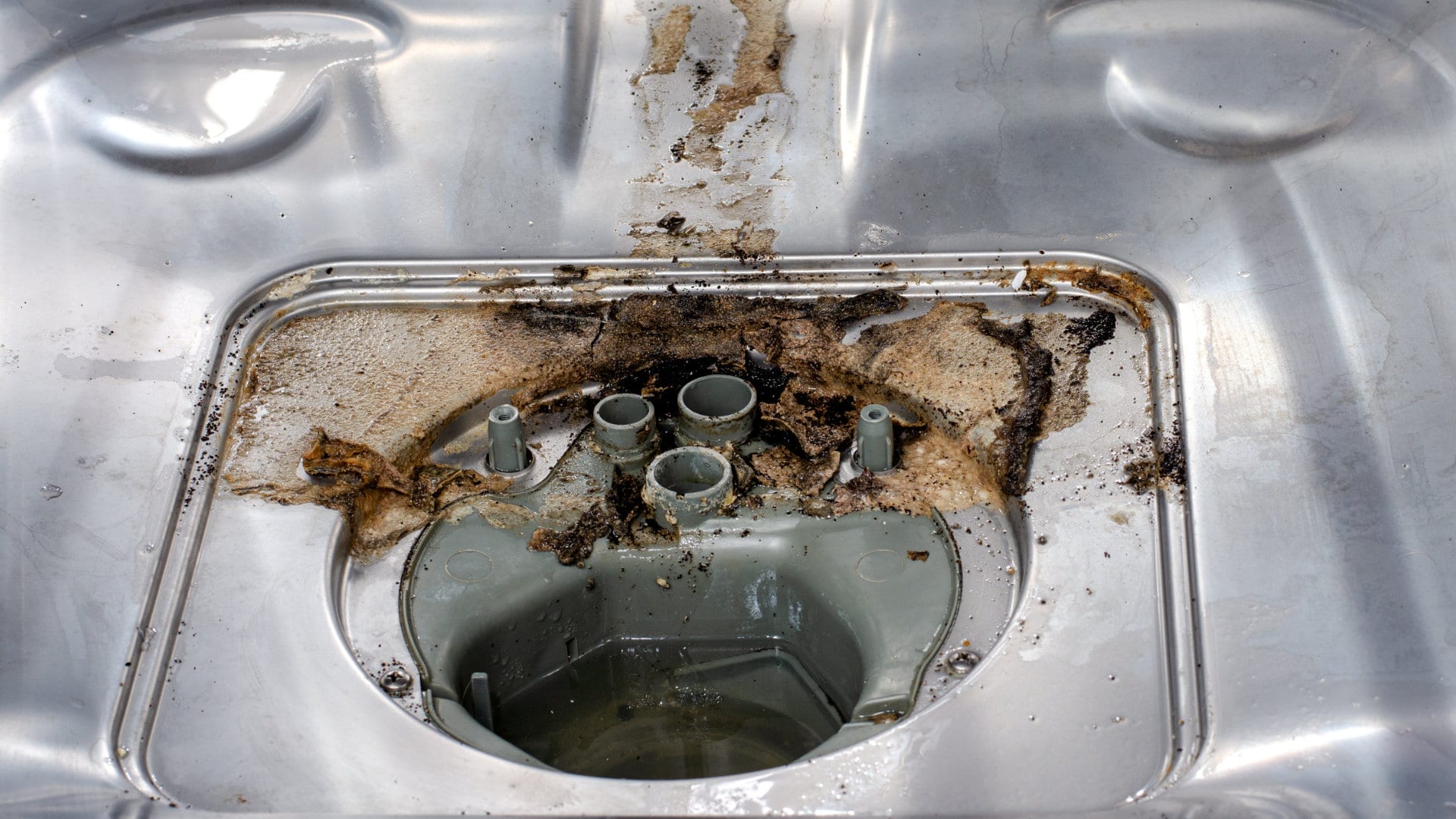
Why Does My Dishwasher Smell like Sewage?
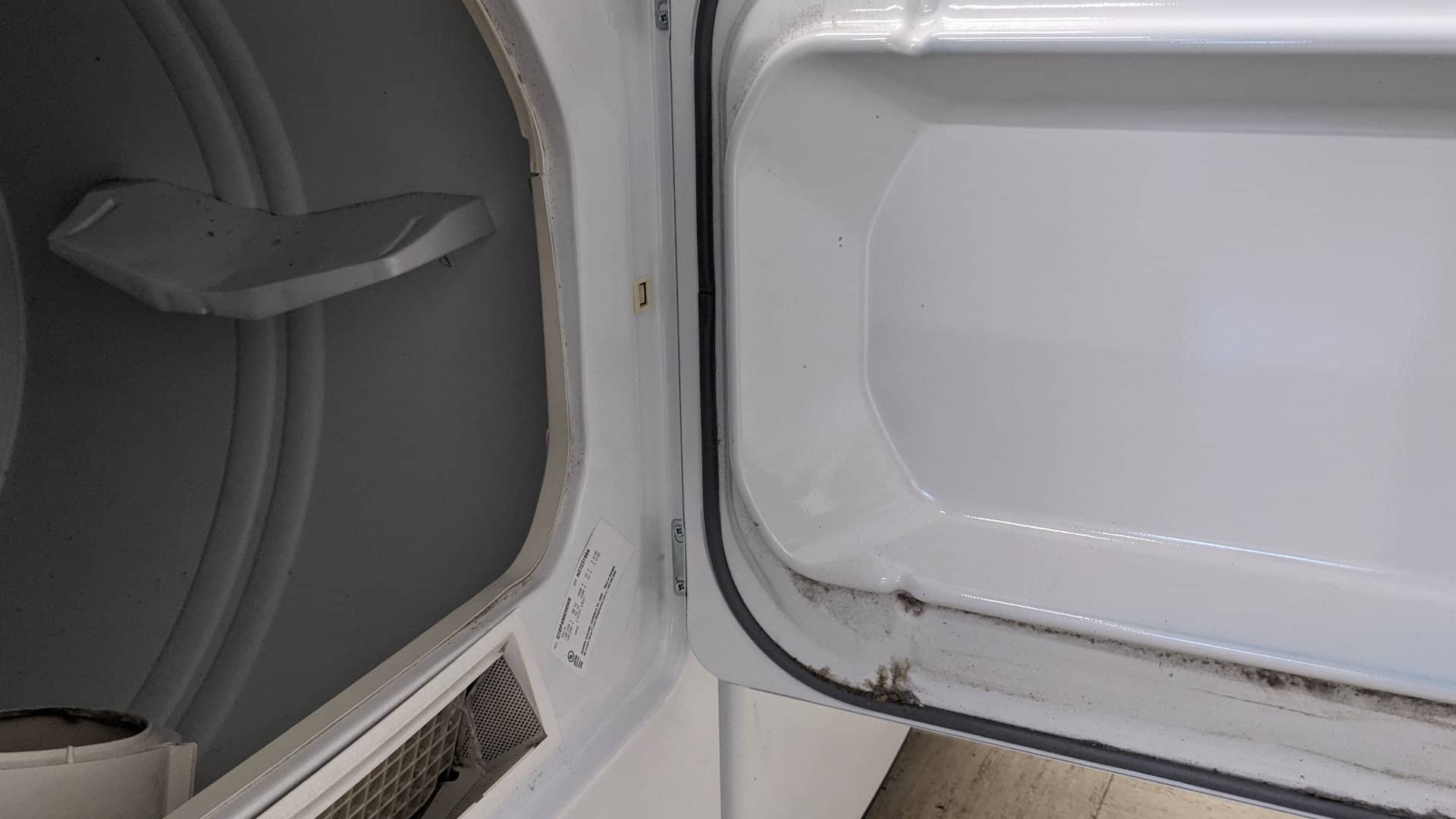
What Causes a Dryer to Overheat? (and How to Fix It)


